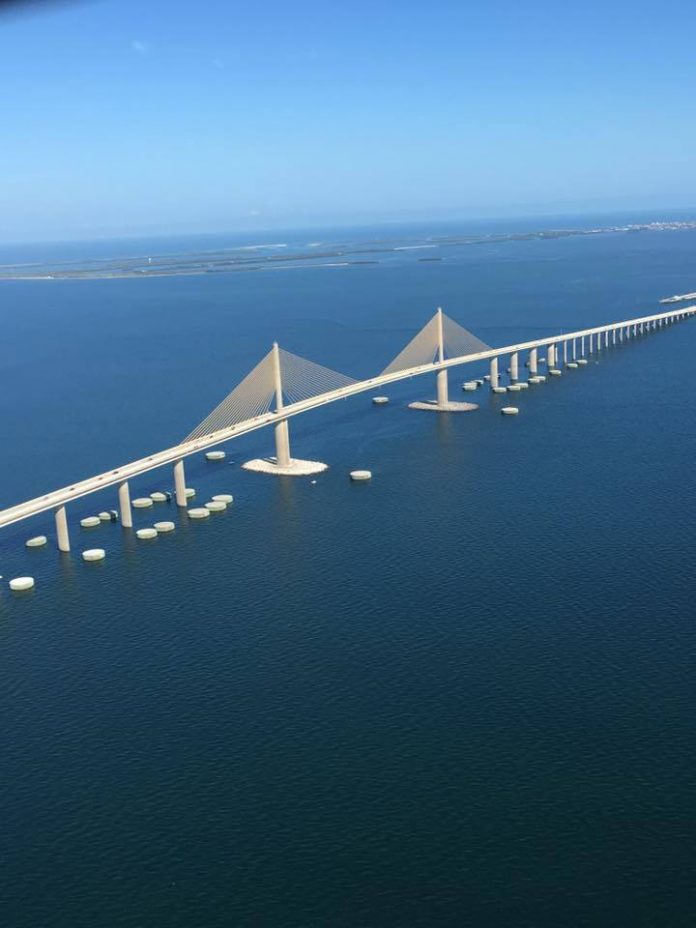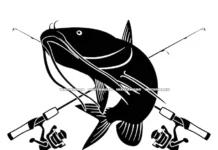Christmas Is The Time To Tally Improvements
Throughout Tampa Bay
FRANK SARGEANT fsargean@tampabay.rr.com
Published: Dec 25, 2005
The older I get, the more I’m starting to mark Christmas as a time to count my blessings, rather than total my gifts.
And it seems to me that all of us around Tampa have one huge blessing here in this grand old bay.
When I came to Tampa 21 years ago, it was a major achievement to catch a trout anywhere along the southeast shore. In fact, it was a major achievement to catch much of anything anywhere within sight of either Tampa or St. Petersburg.
Both municipalities were pouring scarcely treated sewage into the bay, and had been for decades, and the water quality was about what you would expect from that sort of thing. Much of the bay was marked as unsafe for swimming, eating shellfish from the waters was equivalent to spooning up E. coli, and most people wouldn’t eat a fish from the bay either if they were lucky enough to catch one, which most were not.
The Hillsborough Tarpon Tournament, which was one of the oldest tarpon tournaments on the west coast, went out of business because nobody could catch a tarpon.
It was hard to find a sprig of seagrass anywhere between the Alafia River and Bradenton, because water quality was so bad that the bottom rarely saw daylight in 12-inch depths. The only vegetation was water lettuce and a reddish moss known as “roll grass” by fishermen, and neither species was very appealing to gamefish.
The open bay was so full of detritus that algae blooms were normal rather than something that made the newspaper. There was so much crud in the water that the only fish really thriving were menhaden, which delight in sucking in the scum, filtering it through their rakers, and swallowing what’s left. There were countless billions of them in the upper bay, so many that it inspired a fleet of big net boats to call our area home for several years.
But a combination of the Clean Water Act and local indignity that Tampa Bay had become an open sewer started to change things around 1985. With the Hooker’s Point Treatment Plant in operation, most of the human waste dumping came to an end on the Tampa side of the bay, and St. Pete soon followed suit.
At about the same time, environmental awareness started slipping into the consciousness of boaters and anglers, who realized that if they wanted quality fishing and cruising waters, they were going to have to become a part of the push for conservation and restoration of the habitat.
Tampa Bay waters began to clear up almost immediately, and within a few years sea grass began to recolonize along the degraded east shore, helped along by replanting efforts and rules that banned running powerboats through the shallows in many areas.
Oddly enough, it was several more years, though, before anglers began to realize that they themselves were part of the problem in fish populations. Some anglers vigorously protested every new conservation rule put in place for snook, reds, trout, grouper and other species.
The battle with commercial net fishermen over redfish in 1989, and overall use of gillnets in inshore waters in 1995, were turning points in fish management here, with the vast majority of anglers realizing that, if the netters had to be regulated, so did the millions of hook-and-line fishermen; coastal waters were not an inexhaustible resource, as they had been treated for decades.
Today, many anglers are also avid conservationists, and you’re as likely to see some knee deep in mud planting marsh grass with Tampa BayWatch volunteers on Saturday mornings as you are to see them tossing sardines at snook.
To be sure, the bay faces an ongoing battle brought on now primarily by development along its shorelines, and it will take constant vigilance and plenty of money to hold the gains. But we’ve got a lot to hold on to and a lot to be proud of this Christmas morning, considering what was and what might have been.
- Jay Mastry - March 26, 2024
- Captains Corner, Gorta - March 23, 2024
- Dave Zalewski - March 12, 2024











